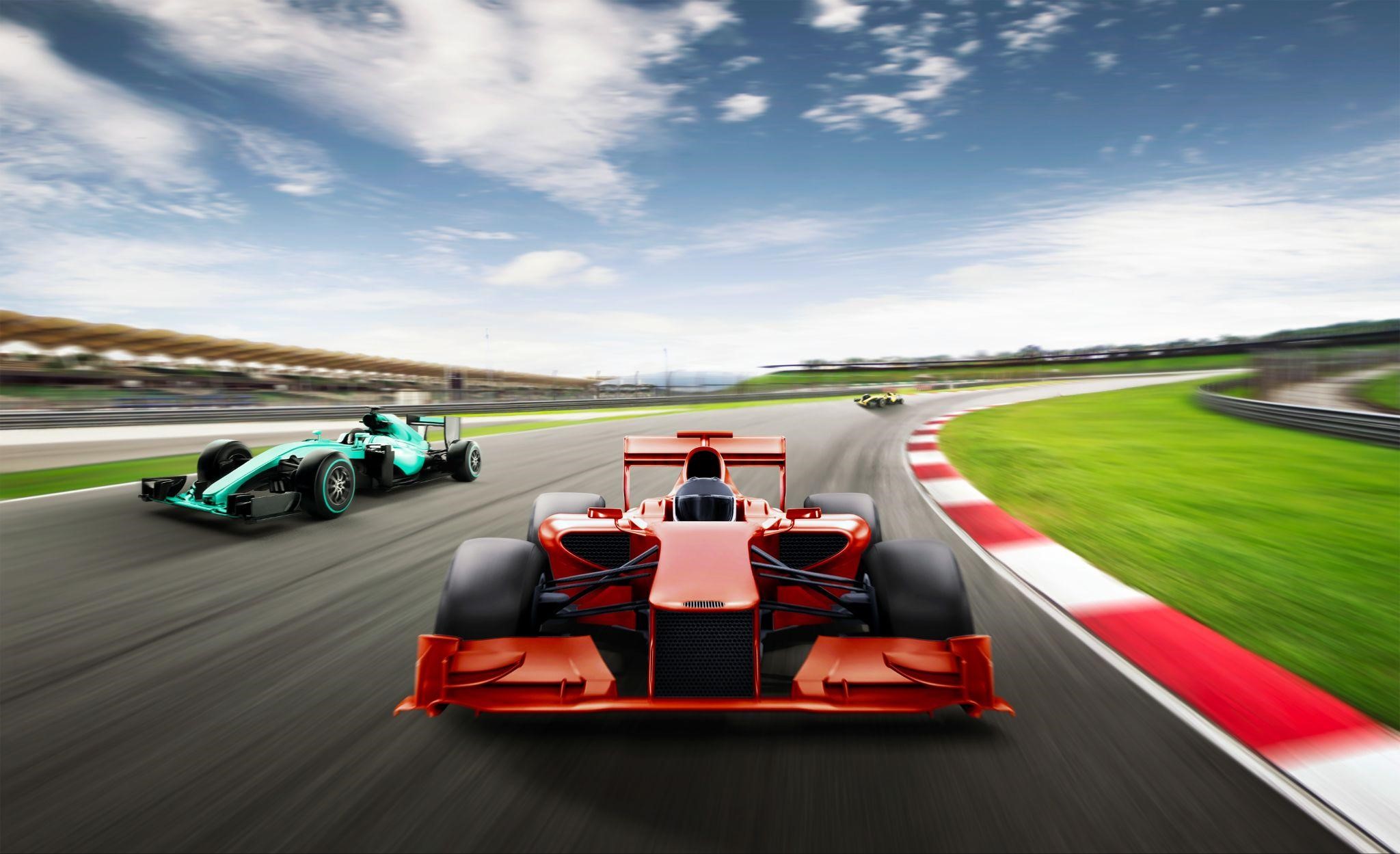Formula 1 through the ages: Timeline of origin to the present day
Formula One (F1) is widely considered the pinnacle of international racing for open-wheel, single-seater formula racing cars. It has been around for several decades and is overseen by the International Automobile Federation (FIA), which has produced some of the most legendary racers in the world.
To truly appreciate the current state of F1 and why it’s beloved by millions of fans today, it’s crucial to understand its rich history. Take a journey back in time and discover the origins of this prestigious racing tradition and how it has transformed over the years. Here’s a timeline of the most significant events in the history of Formula One.
1946: Formula One was agreed upon
Before you bet on F1 this weekend, travel back to when Formula One became official. Car racing had been around since the early 1900s, but it wasn’t until 1946 that Formula One was established.
Several meetings had taken place to organise a unified championship for car racing, but World War II interrupted those plans. After the war, the FIA quickly established a set of rules for the driver’s championship, marking the beginning of the Formula 1 journey.
1950: First World Championship Race
The inaugural season of Formula One began with the first World Championship race taking place at the Silverstone Circuit in the United Kingdom in 1950. The rules were straightforward: supercharged cars couldn’t have engines exceeding 1.5 litres, while non-supercharged cars were limited to 3 litres. Four works and ten independent teams participated in the first season, with Alfa Romeo’s Giuseppe ‘Nino’ Farina emerging as the race winner.
1958: The Constructors’ Championship
In 1958, the Constructors’ Championship was introduced in Formula One, which was a significant moment in the sport’s history. This championship recognized the efforts of manufacturers in building and developing race cars by awarding points to teams based on their car’s performance in each race.
The Vanwall Team won the first-ever Constructors’ Championship, recording six victories throughout the season. The team’s drivers: Stirling Moss, Tony Brooks, and Stuart Lewis-Evans were all key contributors to their success. Since then, the Constructors’ Championship has become a huge part of F1, alongside the Drivers’ Championship.
1968: The first Sponsorship
Colin Chapman, the owner of the Lotus team, made history in 1968 by securing the first-ever brand partnership in Formula One with Imperial Tobacco’s cigarette brand, Gold Leaf. This milestone marked the first time that a brand paid to have its name and logo prominently displayed on a Formula One car. The partnership was financially successful for Lotus and a significant marketing breakthrough for Gold Leaf.
1970s: The advent of aerodynamics
In the 1970s, Formula One underwent a significant change with the introduction of aerodynamics. This revolutionised the sport, and cars were now designed with a rear-engine layout to take advantage of the added downforce generated by wings and spoilers. This led to increased speeds and safety concerns, and safety measures like seat belts and safety barriers around circuits became mandatory.
1980s: The development of electronic driver aids
Electronic driver aids are systems that help drivers control their cars, such as traction control, anti-lock brakes, and electronically controlled suspension. These aids made the drivers perform better and have more control over the car. However, some people felt that it was unfair because some teams had better technology than others.
New safety measures were introduced in response to concerns about the increased risks associated with electronic driver aids. These measures included the use of the Safety Car and stricter regulations on using electronic driver aids.
2000s: Enhanced betting on F1 races
In the late 90s to 2000s, new ways of betting on Formula One were introduced such as in-play betting that allowed people to place bets during the race, which made it more exciting for fans and bettors. With the advent of the internet, real-time updates on the race, like lap times and positions can now be accessed easily by fans.
Formula One betting markets also became available in online sports betting later, making it possible for fans and bettors to place bets on races from anywhere with an internet connection. This has increased convenience and provided more betting options for fans.
It has also made it easier for bookmakers to offer competitive odds and for bettors to compare and choose the best betting options. This has changed the way people engage with the sport, making it possible for more people to participate with enhanced viewing experience.
Check out Formula One and place your bets now!
Formula One has grown into a global phenomenon that attracts fans worldwide. Although there have been many changes in technology, safety, and regulation over the years, the excitement of high-speed racing and competition between the world’s best drivers and teams remains central to the sport.
It is also now made more exciting since fans can enjoy the races by placing bets. If their favourite racer wins, they feel like they are also the champion as they won their wagers. So what are you waiting for? Check it out now and make sure you bet on F1 this weekend!







